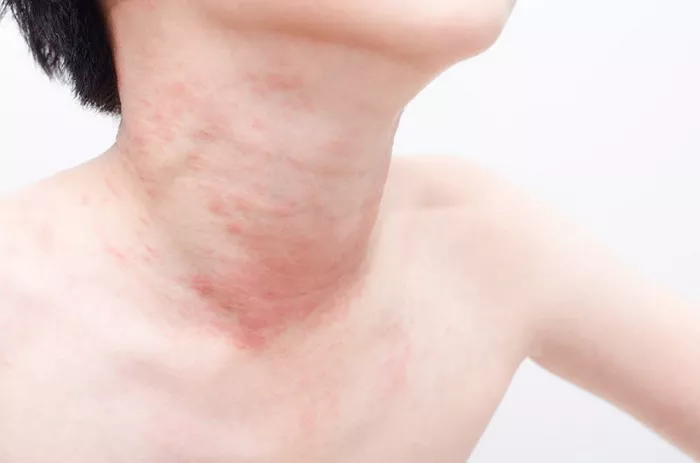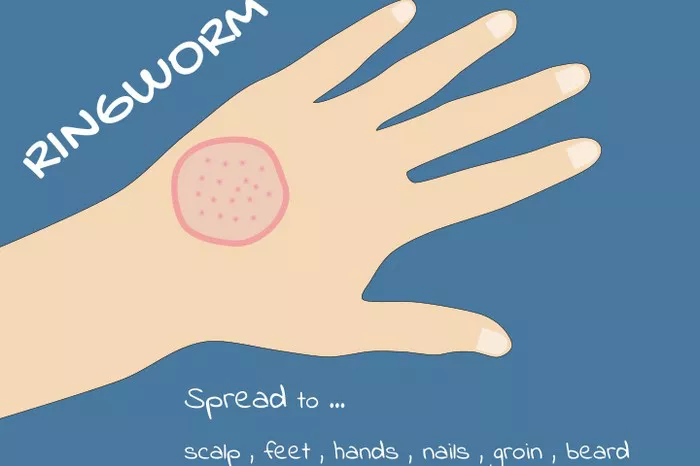As the seasons change and temperatures drop, some individuals experience an unexpected and uncomfortable reaction: hives brought on by the cold. This phenomenon, known as cold urticaria, can be bewildering for those affected. In this article, we delve into the intricacies of cold-induced hives, exploring the underlying causes, common symptoms, potential triggers, and management strategies for this condition.
What is Cold Urticaria?
Cold urticaria is classified as a type of physical urticaria, where exposure to cold temperatures triggers the immune system to release histamine and other chemicals, resulting in hives (urticaria). Hives typically manifest as raised, red, itchy welts on the skin and can vary in size and shape. For individuals with cold urticaria, even brief exposure to cold air, water, or objects can provoke this reaction.
The Physiology Behind Cold Urticaria
To understand why cold temperatures induce hives, we must look at the physiological response involved. When the skin is exposed to cold, it can cause blood vessels to constrict and release histamine from mast cells located in the skin. Histamine is a key player in allergic responses, triggering increased blood flow and fluid leakage from blood vessels, which leads to the characteristic redness, swelling, and itching associated with hives.
In some cases, cold urticaria is linked to an underlying immune system dysfunction, where the body mistakenly identifies cold temperatures as a threat, initiating an immune response against it. This abnormal response can also be associated with other autoimmune conditions.
Symptoms of Cold Urticaria
The symptoms of cold urticaria can vary in severity and may include:
- Red, raised welts (hives) on the skin
- Itching, stinging, or burning sensation
- Swelling (angioedema) in more severe cases
- Headaches, dizziness, or fainting (rare, in extreme cases)
These symptoms typically occur within minutes of exposure to cold and can persist for varying durations, depending on the individual and the extent of exposure.
Triggers of Cold Urticaria
Cold urticaria can be triggered by a range of cold stimuli, including:
- Cold Air: Exposure to chilly air, especially during cold, windy weather.
- Cold Water: Contact with cold water, such as swimming or bathing.
- Cold Objects: Touching cold surfaces or objects.
- Temperature Changes: Moving from a warm to a cold environment quickly.
Interestingly, some individuals may experience localized reactions (such as hives on specific body parts) while others may have systemic reactions affecting large areas of the body.
Diagnosis and Treatment
If you suspect you have cold urticaria, it’s crucial to seek medical advice for proper diagnosis and management. Diagnosis typically involves a detailed medical history, physical examination, and possibly specialized cold stimulation tests.
Treatment strategies for cold urticaria may include:
- Avoidance of Cold: Taking measures to minimize exposure to cold temperatures.
- Antihistamines: Over-the-counter or prescription antihistamine medications to reduce symptoms.
- Epinephrine (Adrenaline) Auto-injector: For severe reactions, especially if there is a risk of anaphylaxis.
- Wearing Protective Clothing: Dressing warmly and covering exposed skin during cold weather.
- Desensitization Therapy: Gradual exposure to cold to reduce sensitivity under medical supervision.
For some individuals, cold urticaria may be a temporary condition, while for others, it can be chronic and require ongoing management strategies to minimize symptoms and improve quality of life.
Living with Cold Urticaria: Tips and Precautions
Managing cold urticaria involves making certain lifestyle adjustments to minimize the risk of triggering symptoms:
- Stay Warm: Dress appropriately for the weather, wearing layered clothing to retain body heat.
- Avoid Cold Water: Opt for lukewarm or warmer water when bathing or swimming.
- Use Protective Gear: Wear gloves, scarves, and hats to shield skin from direct exposure to cold.
- Inform Others: Educate family, friends, and colleagues about your condition and how they can assist during potential reactions.
Conclusion
Cold urticaria, though uncommon, can significantly impact an individual’s daily life and requires careful management and understanding. By recognizing the triggers, symptoms, and available treatments for cold-induced hives, individuals affected by this condition can take proactive steps to minimize discomfort and lead fulfilling lives even in cold environments. If you suspect you have cold urticaria or experience unexplained hives when exposed to cold, consult a healthcare professional for proper evaluation and personalized management strategies.
Related Topics:

























